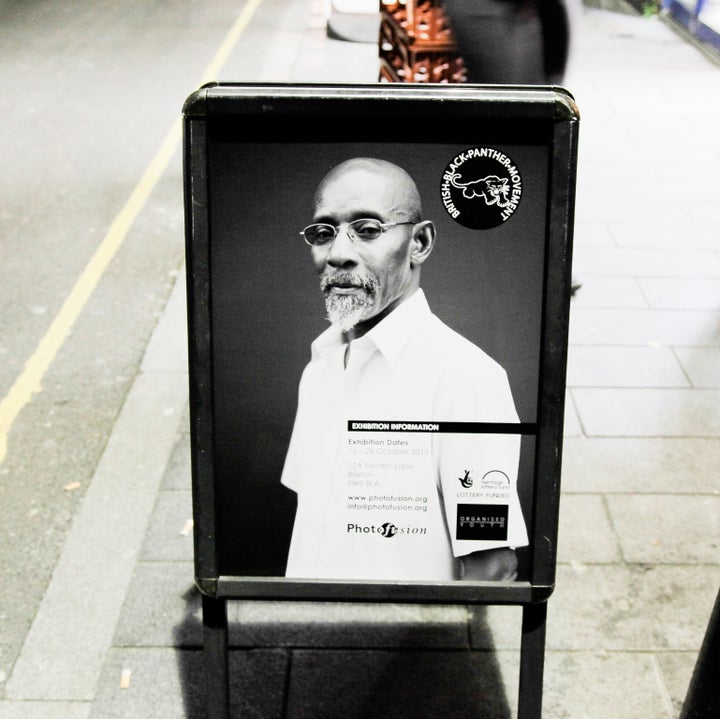
When speaking of the Black Panther Party, this generally evokes images and stories of the black revolutionary socialist party based in America consisting of likes of Huey Newton and Bobby Seale, Angela Davis, George Jackson, Afeni Shakur and Eldrige Cleaver. Unbeknowst to most, there was a division of the Panthers that was based in Brixton, south west London formed to fight for equality and stand up against the racism during the late 1960's and early 1970's.
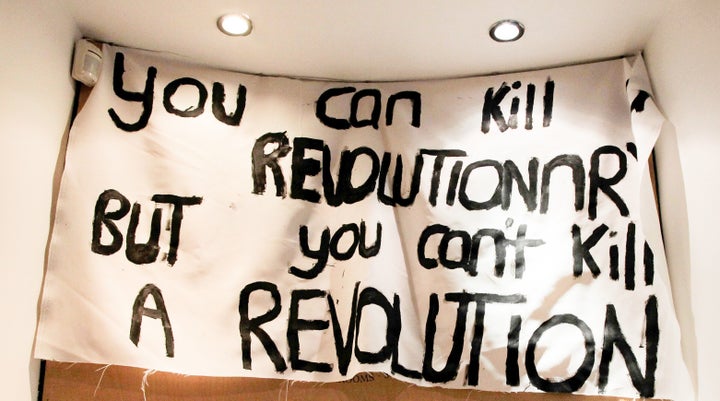
To celebrate these freedom fighters, seldom celebrated for their contributions to our liberty, an exhibition presenting the legacy of the British Black Panther movement is currently taking place in Brixton at the Photofusion Gallery. The official preview took place last week which features current portraits of Panther members and archive photographs shot by Neil Kenlock, the official photographer of the movement.
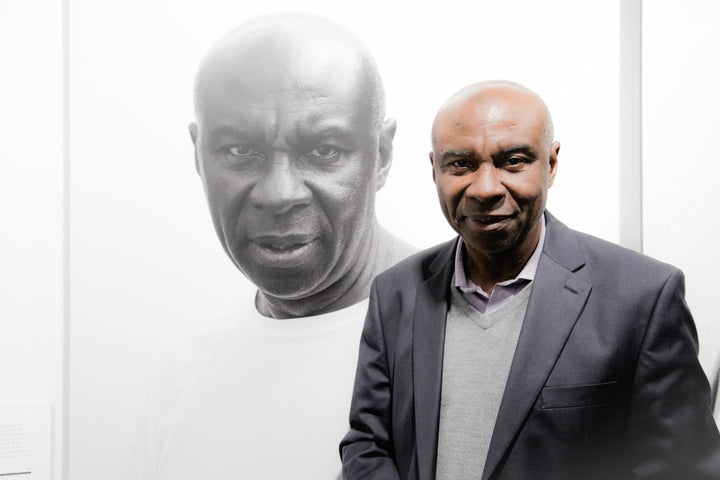
Curated by Organised Youth, a group of 13-25 year olds, in collaboration with Louder Than Words, who felt moved to present this part of history, the untold stories of the British Black Power Movement were on display at the event. The were also documented in recorded interviews and videos available online.

In attendance at the preview were former Panthers Darcus Howe, Kenrick Goppy, Farrukh Dhondy and Neil Kenlock and a whole host of personalities from the black British alumni. The most moving moment of the night was the speech from the passionate orator Darcus Howe who described the premise behind the movement and how necessary it was for the group to come together and stand up against patriarchal Britain, the racist police in Brixton, for inequality in working practices and to change general attitudes towards the groups who migrated to Britain. At times and fittingly so, Darcus spoke directly to the younger ones who listened intently, reminding them of the importance of respecting those whose portraits were displayed, having been beaten up, arrested and incarcerated during this time of heightened race relations in London and the UK.
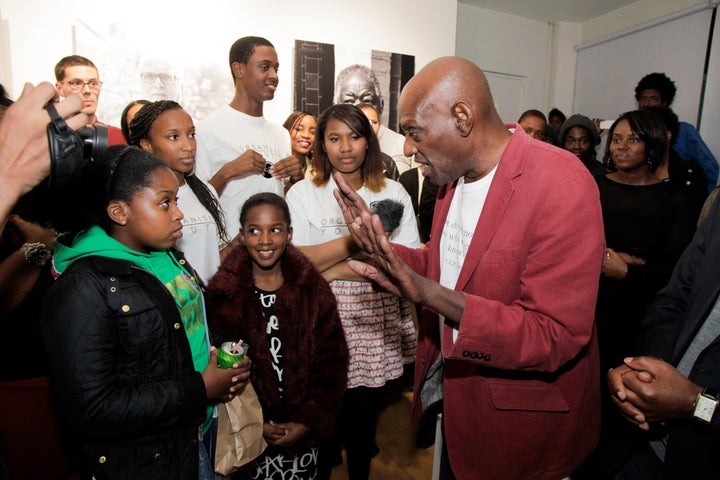
Whilst Farrukh Dhondy, another Panther but of Indian descent - spoke somewhat reservedly of his experience of having to jump from the second floor of the house he stayed at after it was set on fire, emotionally Darcus, seemingly re-living the moment, exclaimed on several reasons "they tried to kill my friend". We forget these instances in the past, were very much peoples real lives whose memories and emotions could easily be triggered and brought to the present.
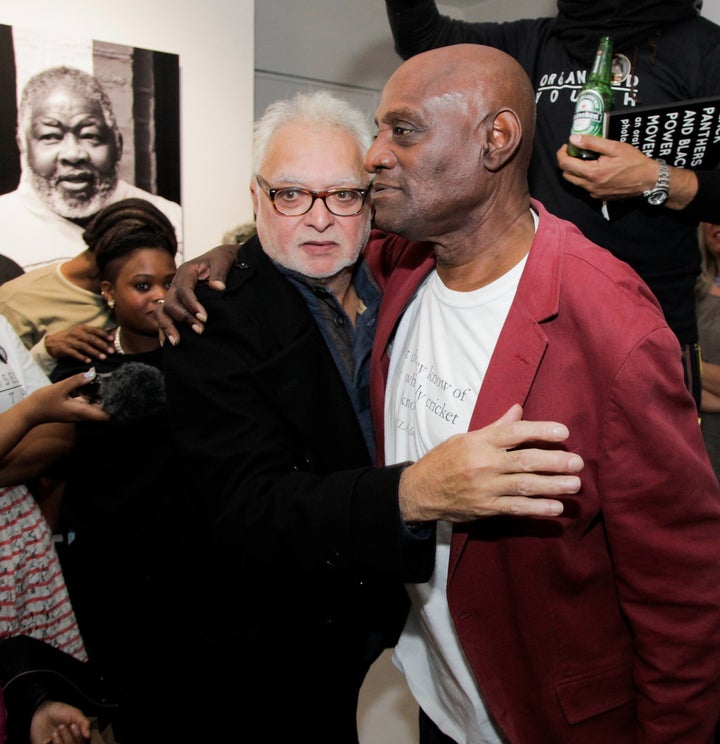
Reflecting on how far we've come and in the same respect, how little we do hail up those who came before us in this country, these types of showcases are essential in commemorating the contributions that have been made, and shouldn't be forgotten. But, the question is how do we continue the legacy and give the history that is still alive and well, with still such relevance to the modern day, the platform it deserves?
I for one didn't learn about the Panthers in school, and if it wasn't for knowing the importance of self education I may still not. This isn't just Black history to be restricted to it's 'official' month but is just history that is owed recognition.
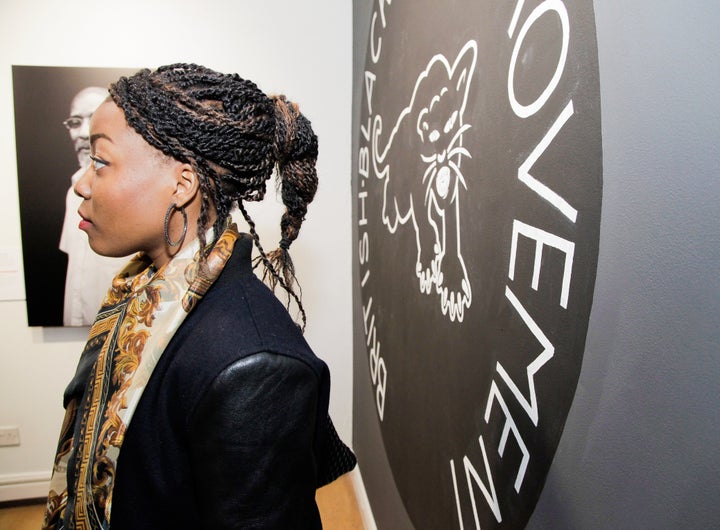
The exhibition is ongoing and takes place until Sat 26th Oct from 10am-5.30pm at Photofusion Gallery. For more information, including to hear the interviews and videos with the members of the Panthers head to the Organised Youth Tumblr Page.
Photography by Photostalker - Rakiya Shay.